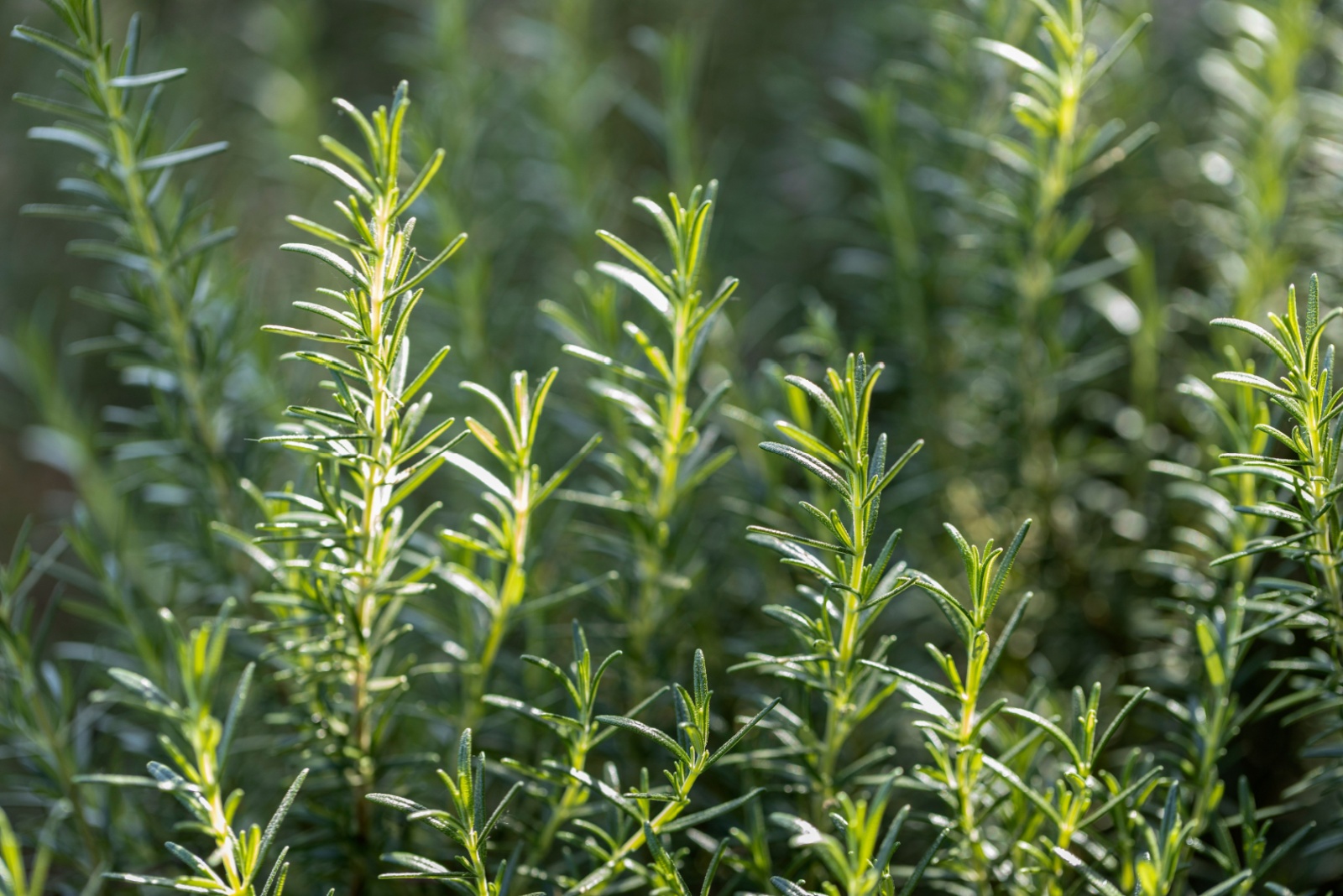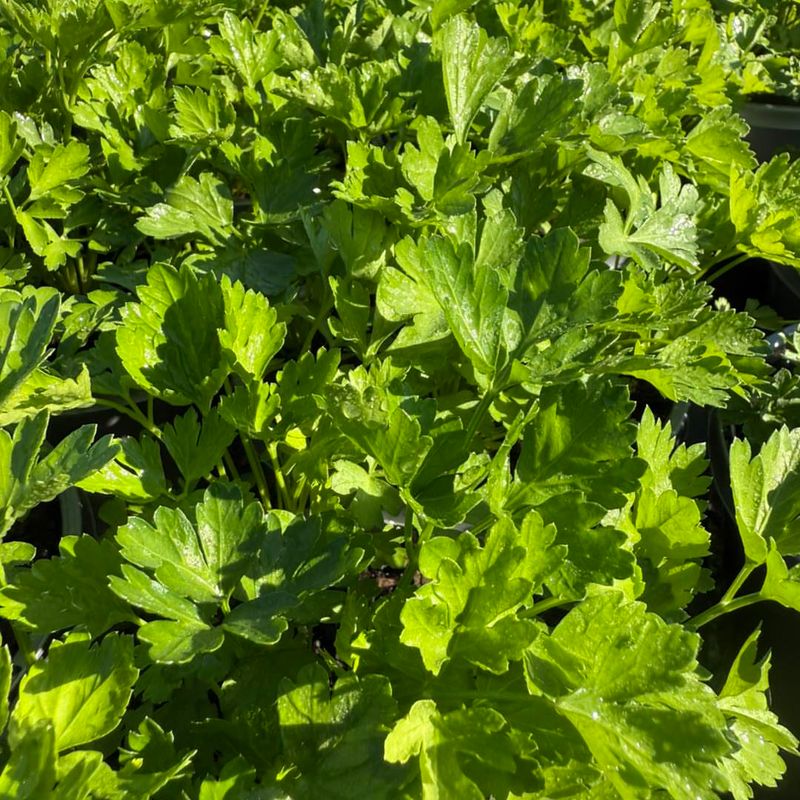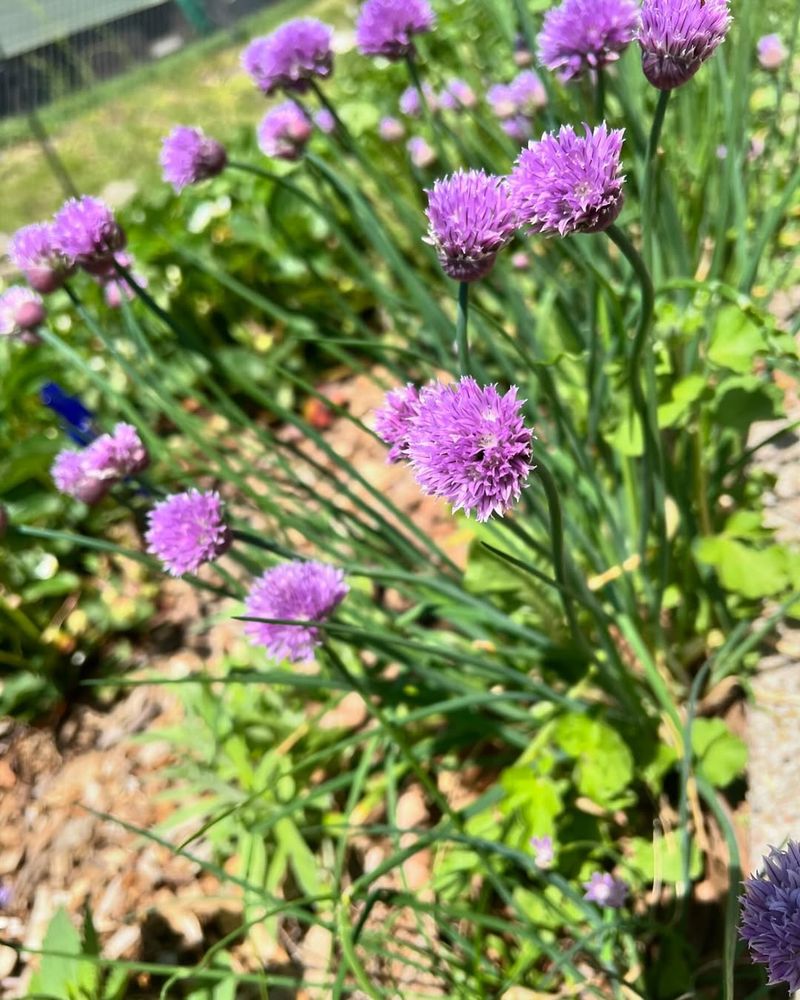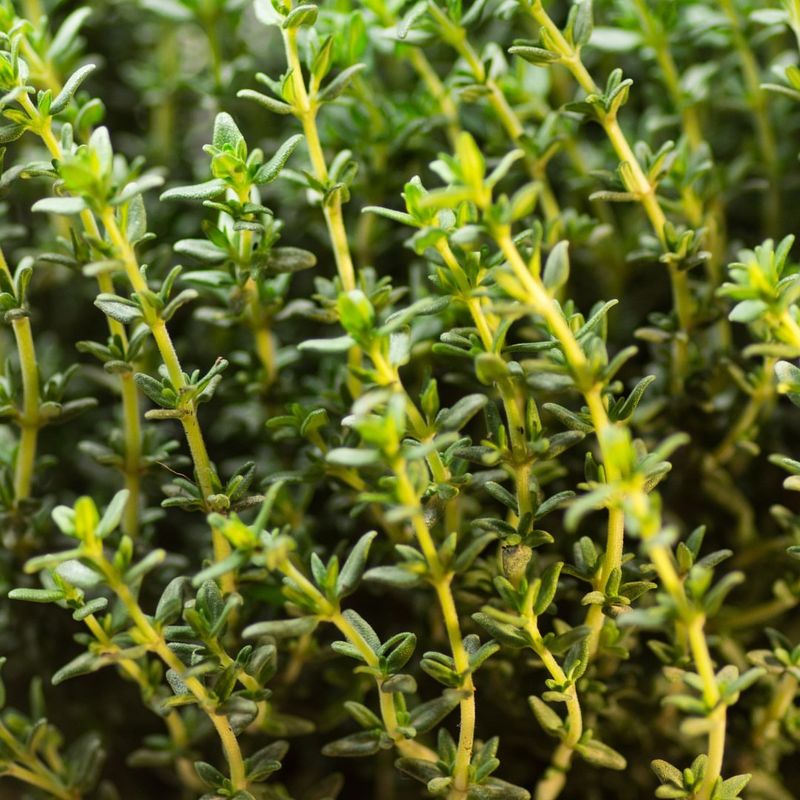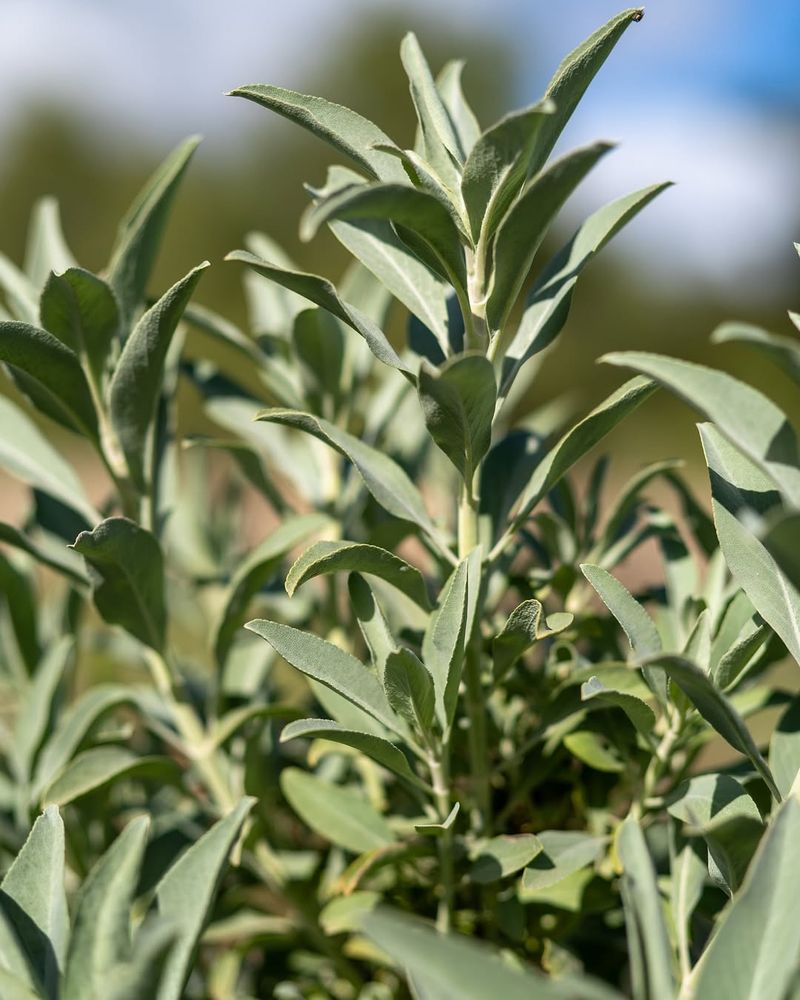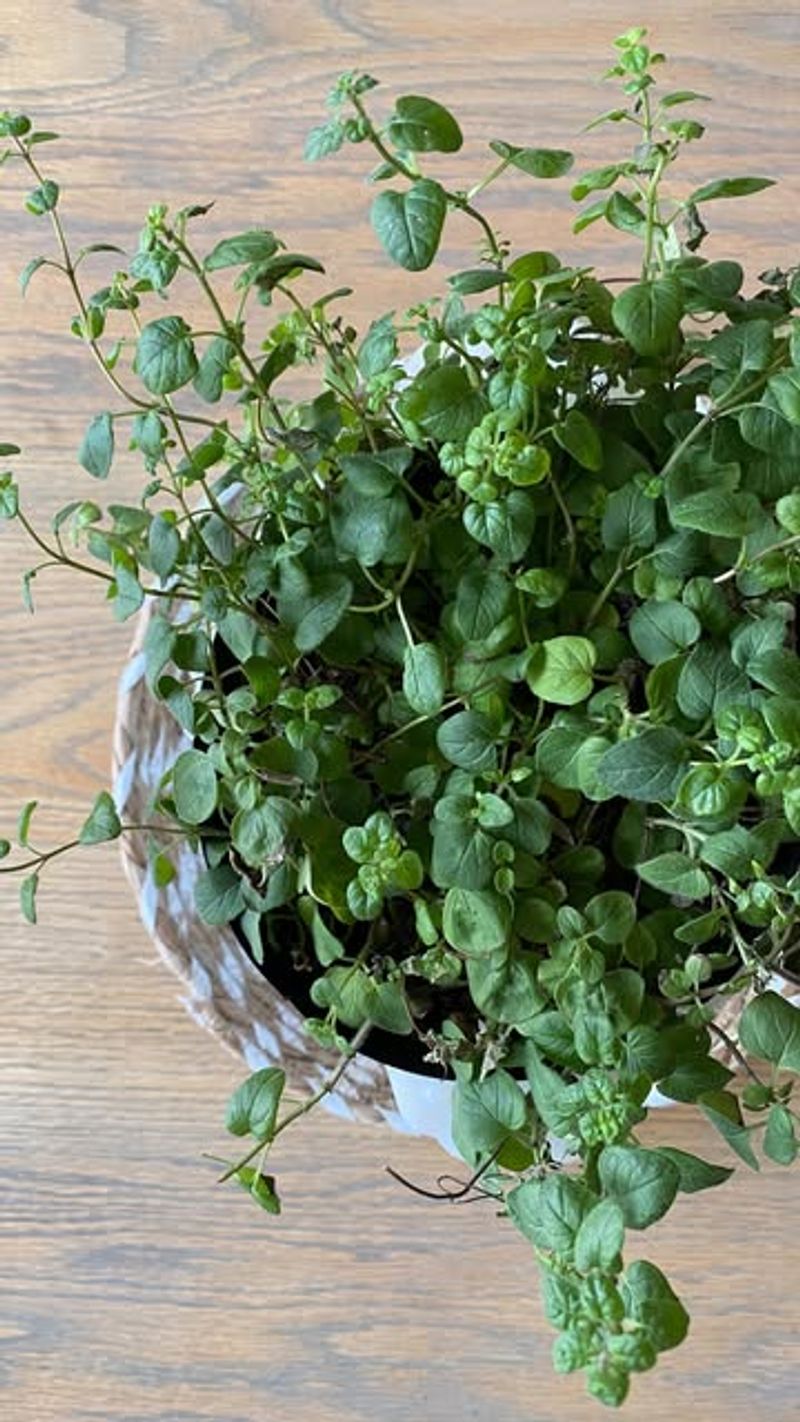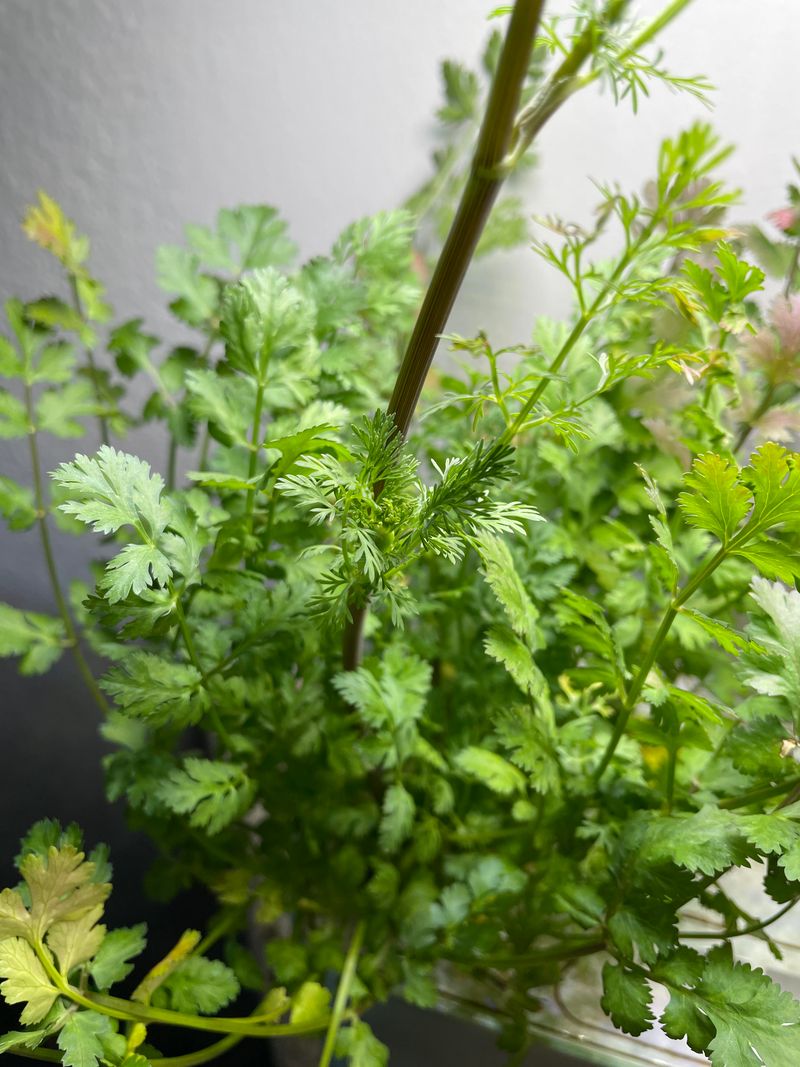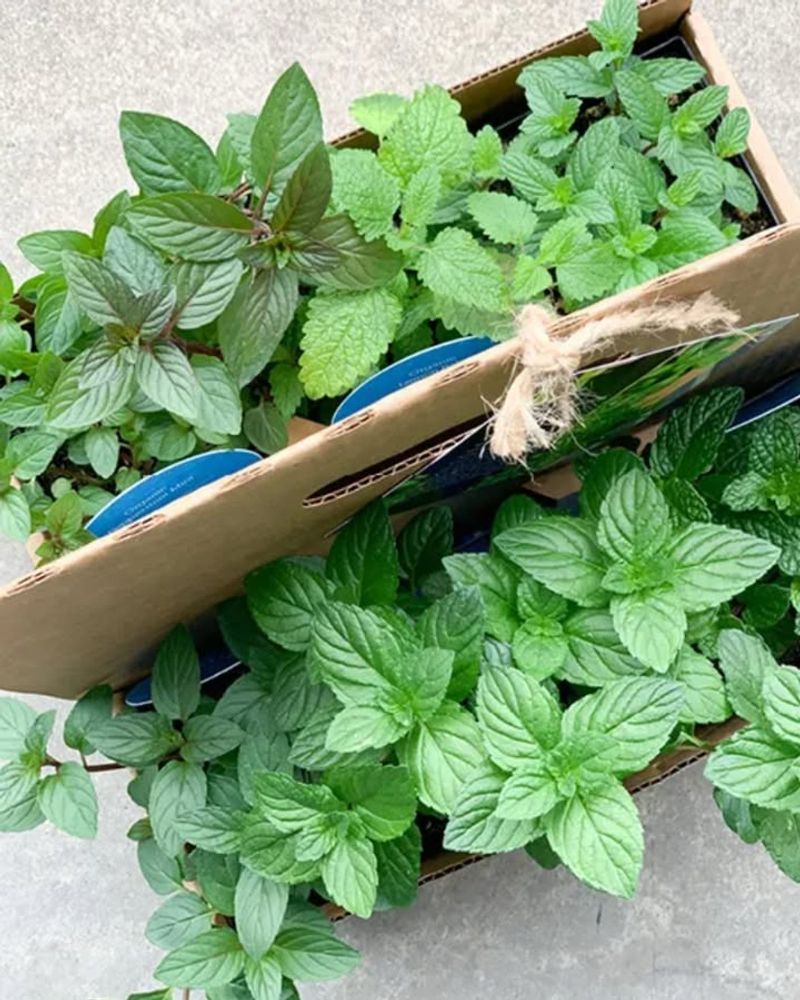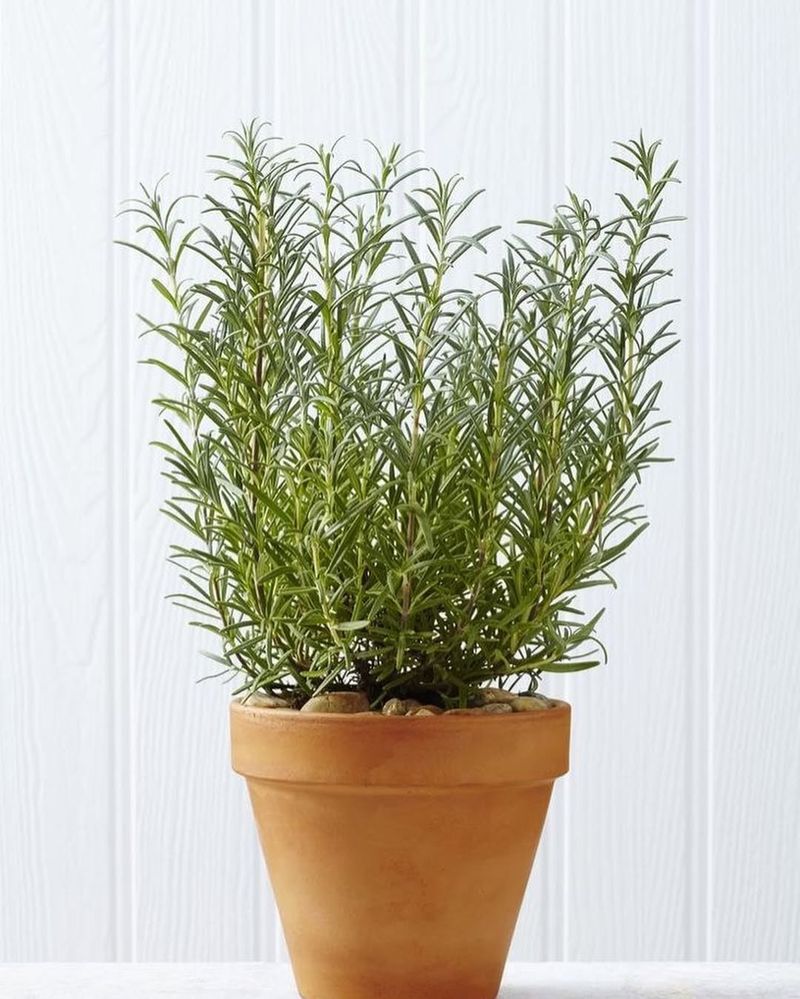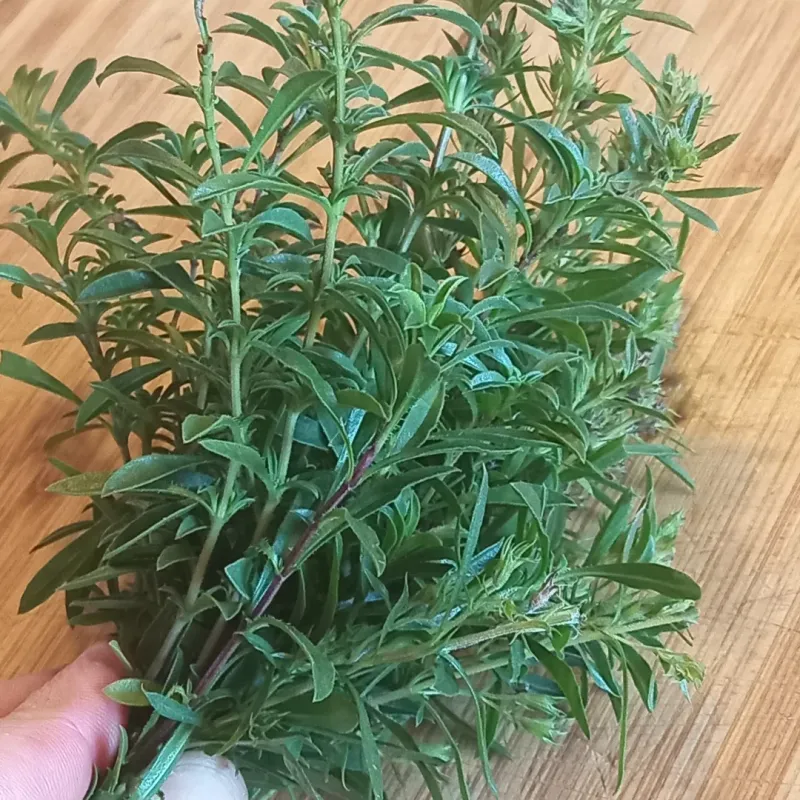Just because it’s fall in Illinois doesn’t mean your herb garden has to call it quits. Cooler temps can actually be perfect for certain hardy herbs.
Many varieties—like thyme, sage, and parsley—can handle light frost and keep growing. That means fresh flavor for your meals deep into autumn.
I’ve found that planting cold-tolerant herbs now sets you up for a fragrant kitchen all season long. It’s a simple way to keep your garden—and your cooking—going strong.
1. Parsley
Parsley thrives when temperatures drop, making it perfect for Illinois fall gardens. This bright green herb can survive frosts down to 20 degrees Fahrenheit, continuing to produce fresh leaves even when other plants have given up.
Plant it in well-drained soil with plenty of sunlight, and you’ll enjoy its crisp flavor in soups, salads, and garnishes. Water regularly but don’t overdo it, as soggy roots can cause problems in cooler weather.
2. Chives
With their mild onion taste and cheerful purple blooms, chives are champions of cold weather gardening. They’re among the first herbs to pop up in spring and the last to fade in fall, handling Illinois frosts like absolute pros.
Snip the hollow green stems whenever you need them for baked potatoes, omelets, or cream cheese spreads. Chives grow in clumps that get bigger each year, so plant them once and enjoy harvests for seasons to come.
3. Thyme
Thyme’s tiny leaves pack serious flavor and serious cold tolerance. This Mediterranean herb adapts beautifully to Illinois autumns, staying green and fragrant even when frost arrives at your doorstep.
Low-growing and spreading, thyme works wonderfully in containers or as ground cover between stepping stones. Use it fresh or dried with roasted vegetables, chicken dishes, and homemade bread. Once established, thyme needs little water and practically takes care of itself through temperature drops.
4. Sage
Fuzzy gray-green leaves make sage easy to spot in any garden, and its ability to handle cold makes it a fall favorite. This perennial herb laughs at light frosts and keeps producing flavorful leaves throughout autumn months.
Sage loves sunny spots with good drainage and doesn’t mind if you forget to water occasionally. Its earthy, slightly peppery taste shines in stuffing, butter sauces, and with pork dishes. Harvest leaves before flowers appear for the best flavor intensity.
5. Oregano
Pizza and pasta lovers rejoice because oregano handles Illinois fall weather like a champ. This robust herb actually develops stronger flavor when temperatures cool down, giving your Italian dishes an authentic taste boost.
Oregano spreads enthusiastically, so give it room to sprawl or plant it in containers to keep it contained. It prefers drier conditions and full sun, bouncing back from frost damage quickly. Pinch off stems regularly to encourage bushier growth and prevent it from getting leggy.
6. Cilantro
Unlike many herbs that struggle in heat, cilantro actually prefers cooler weather, making fall its prime growing season in Illinois. Those feathery green leaves bolt and turn bitter in summer sun but stay tender and flavorful when autumn arrives.
Sow seeds directly in the garden every few weeks for continuous harvests through fall. Cilantro grows fast, usually ready to pick within three weeks. Use fresh leaves in salsas, tacos, and Asian dishes for that distinctive bright flavor everyone recognizes.
7. Mint
Nearly indestructible, mint keeps growing vigorously even as fall temperatures plunge across Illinois. This refreshing herb survives hard frosts and often stays green under snow, ready to bounce back when spring returns.
Plant mint in containers because it spreads aggressively through underground runners that can take over your entire garden bed. Peppermint and spearmint varieties both handle cold beautifully. Brew fresh leaves for tea, add to desserts, or muddle into beverages for cooling refreshment despite chilly weather outside.
8. Rosemary
Rosemary’s needle-like leaves and piney scent make it instantly recognizable, while its cold tolerance makes it valuable for Illinois fall gardens. Though not completely winter-hardy in harsh climates, it handles autumn temperatures beautifully before needing indoor protection.
Plant rosemary in pots so you can move it inside when temperatures drop below 20 degrees. It loves sunshine and hates wet feet, so use well-draining soil. Fresh rosemary transforms roasted potatoes, lamb, and focaccia bread into restaurant-quality dishes.
9. Winter Savory
Often overlooked but incredibly tough, winter savory lives up to its name by thriving throughout cold months. This compact evergreen shrub produces small, narrow leaves with a peppery flavor stronger than its cousin, summer savory.
Winter savory tolerates poor soil and needs minimal care once established in your Illinois garden. It pairs wonderfully with beans, lentils, and hearty stews that warm you up on chilly evenings. Trim it regularly to maintain a tidy shape and encourage fresh, tender growth for cooking.

